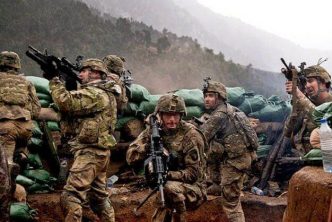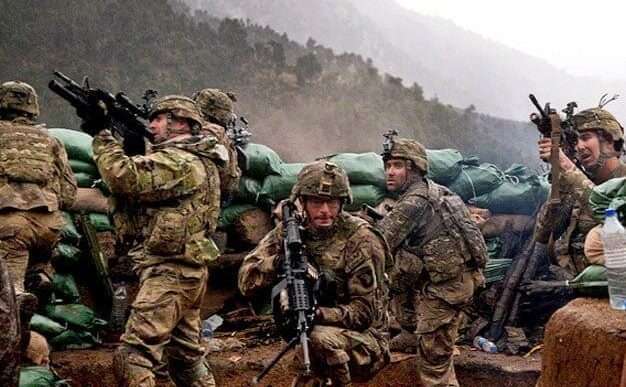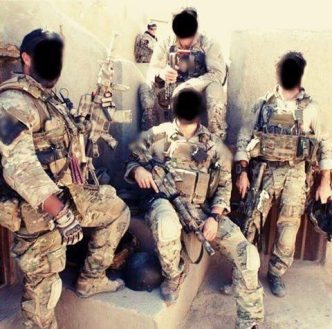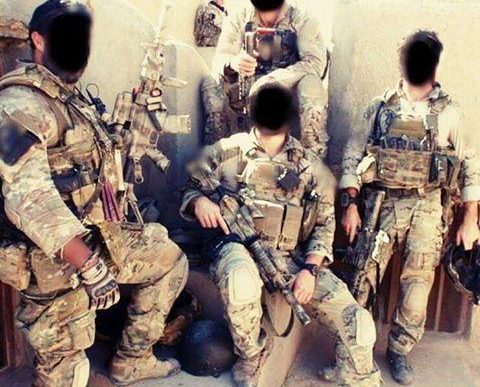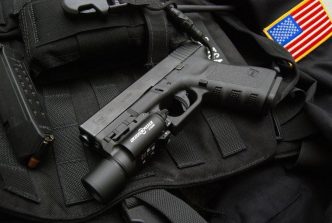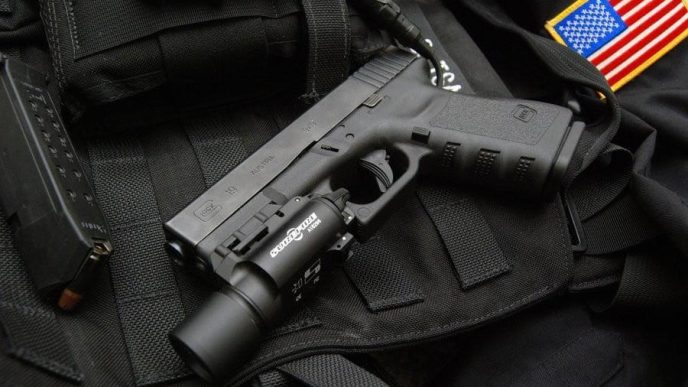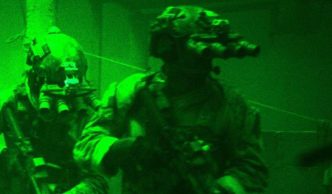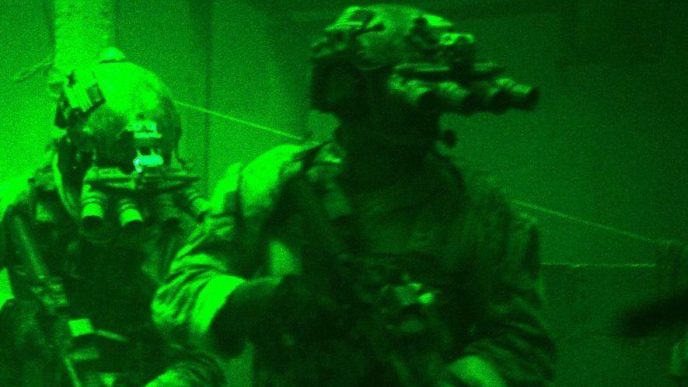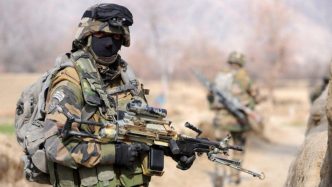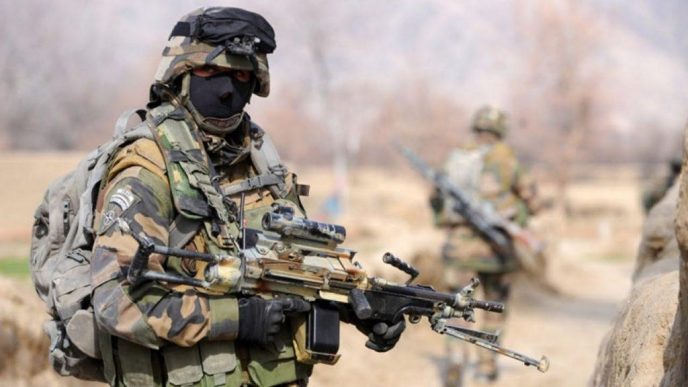The ranks in the French Foreign Legion are similar to those in the regular French Army. All recruits are volunteers and are known as basic legionnaires. Over time, about 25% will become non-commissioned officers (sous-officiers). Upon joining, a new legionnaire receives a monthly salary of €1,200 and food and lodgings. They are also given a new rifle, which must never be left on the battlefield according to the Legion’s tradition. Promotions within the French Foreign Legion align with those in the regular French Army.
Ranks in the French Foreign Legion
Ranks in the French Foreign Legion are divided into three categories: ordinary legionaries (soldier ranks), non-commissioned officers, and commissioned officers (officiers). These ranks are similar to those used in the regular French Armed Forces and are organized in a hierarchical structure.
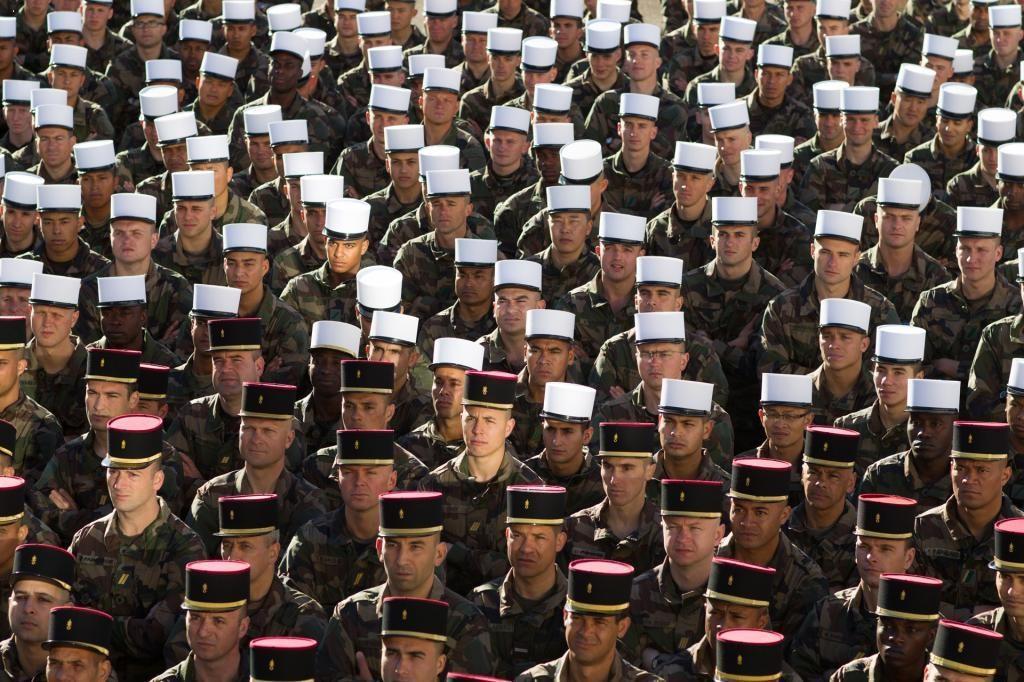
Ordinary Legionnaires (Soldats du rang)
| French Foreign Legion rank: | Equivalent rank (English): | NATO Code for the position: | Period of service before being eligible for promotion: | Insignia |
|---|---|---|---|---|
| Engagé Volontaire | Recruit | – | Fifteen weeks of basic training. | None |
| Legionnaire 2e Classe | Private / 2nd Class Legionnaire | OR-1 | On completion of training and Marche képi blanc (March of the White Kepi) | None |
| Legionnaire 1e Classe | Lance Corporal / 1st Class Legionnaire | OR-2 | After ten months of service | |
| Caporal | Corporal | OR-3 | Possible after one year of service, known as the Fonctionnaire Caporal (or Caporal “Fut Fut”) course. Recruits selected for this course must show exemplary leadership skills during basic training. | |
| Caporal Chef † | Senior Corporal | OR-4 | After six years of service. |
No further promotions are given to non-French Legionnaires on attaining the rank of Caporal Chef.
Non-commissioned officers (Sous-officiers)
Non-commissioned officers (Sous-officiers) account for 25% of the current Foreign Legion’s total manpower.
| French Foreign Legion rank: | Equivalent rank (English): | NATO Code for the position: | Period of service before being eligible for promotion: | Insignia |
|---|---|---|---|---|
| Sergent | Sergeant | OR-5 | After three years of service as Caporal. | |
| Sergent Chef | Senior Sergeant | OR-6 | After three years as Sergent and between 7 to 14 years of service. | |
| Adjudant | Warrant Officer | OR-8 | After three years as Sergent Chef. | |
| Adjudant Chef | Senior Warrant Officer | OR-9 | After four years as an Adjutant and at least 14 years of service. | |
| Major ‡ | Regimental Sergeant Major | OR-9 | Appointment by either: (i) passing an examination or (ii) promotion after a minimum of 14 years of service (without a review). |
The rank of major in the French military has been associated with the non-commissioned officers (sous-officiers) since January 1, 2009. Before this, major was a standalone rank between non-commissioned and commissioned officers. The role of a major within the French Foreign Legion and French Army is to oversee senior administration, standards, and discipline within a regiment or demi-brigade.
Commissioned officers (Officiers)
Most commissioned officers are seconded from the French Army, though roughly 10% are former non-commissioned officers promoted from the regular ranks.
| French Foreign Legion rank: | Equivalent rank (English): | NATO Code for the position: | Command responsibility: | Insignia |
|---|---|---|---|---|
| Aspirant | Cadet | OF(D) | – | |
| Sous-Lieutenant | Second lieutenant | OF-1 | Junior section leader | |
| Lieutenant | First lieutenant | OF-1 | A section. | |
| Capitaine | Captain | OF-2 | A company. | |
| Commandant | Major | OF-3 | A battalion. | |
| Lieutenant-Colonel | Lieutenant colonel | OF-4 | Junior régiment or demi-brigade leader. | |
| Colonel | Colonel | OF-5 | A régiment or demi-brigade. | |
| Général de Brigade | Brigadier general | OF-6 | Entire French Foreign Legion |
Chevrons of seniority (Chevrons d’ancienneté)
The French Foreign Legion is the only branch of the French Army that still uses chevrons to denote seniority. These gold chevrons, worn by ordinary legionnaires and non-commissioned officers, represent five years of service in the Legion. They are worn beneath the rank insignia.

Today, the French Foreign Legion serves France in locations around the world. While it has a rich history, the Legion is not as secretive as it once was. Much information is available about life in the Legion, including enlistment, selection, and training. Despite this, the Legion is still an elite military force highly respected for its dedication and service to France.
